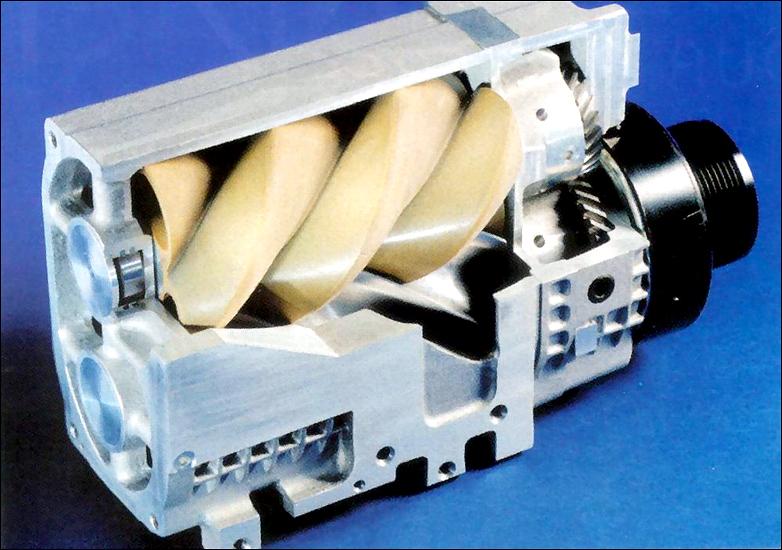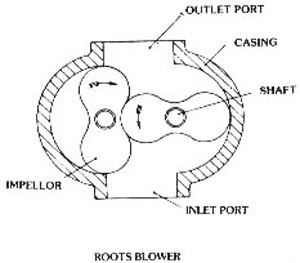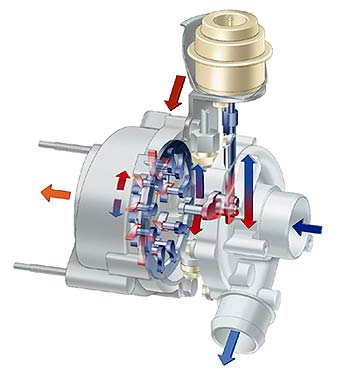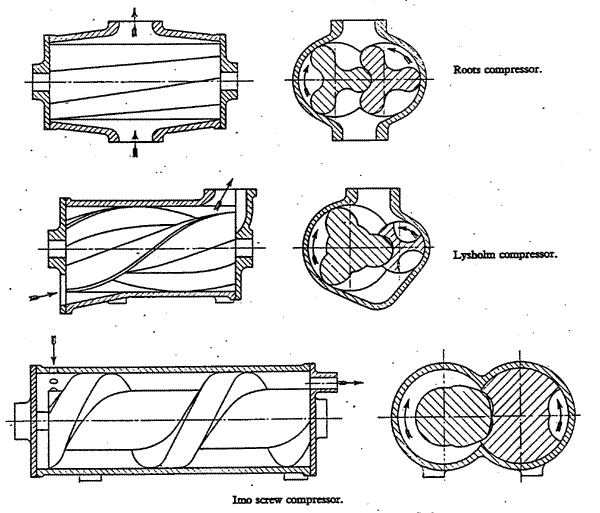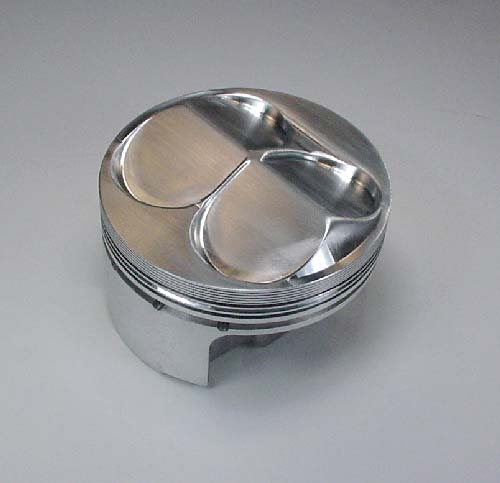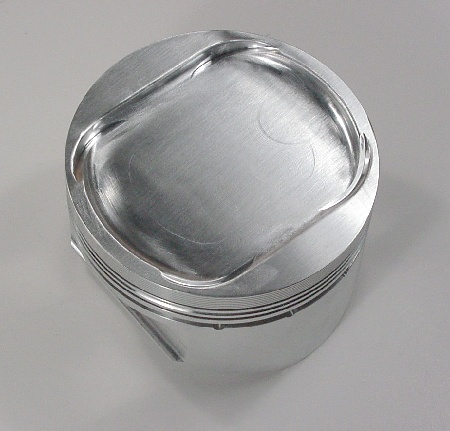- :
- MP5T / 944
Disclaimer: As with any type of Automotive Upgrade, Forced Induction is full of Grey, it's never as easy as a Black and White answer. There is always an exception to any example. The information presented in this thread is just that, basic information. It is possible to go into much further detail on the subject, which is up to you in the future. When types and styles of forced induction systems are compared it is under the condition that they are all of similar capability. It is always possible to make statements false by taking them out of context or changing the basic parameters of the discussion. When I started to boost cars I would have loved to have had a baseline of information before starting my research. That is why this is here, for you.
No Insult to anyones Knowledge Base, This is More of an introduction to Turbos and Superchargers for thoes who simply do not know. Please feel free to add or correct faults to this thread. It is not perfect nor do I think I am..
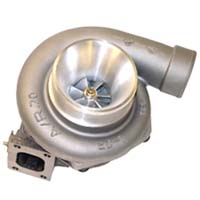
Everyone, I mean everyone from a 4 Year old kid to my 80 Year old
Gramma knows that the word "Turbo" has something to do with making
more power. It's a refined system that simply put is a force multiplier.
First, you must understand how an engine makes power before we talk
about "Nitrous" and "Forced Induction" IE. Super Chargers and Turbo Chargers.

This Animation is of a Two Stroke System, Here is a link forthe 4 Stroke..
http://auto.howstuffworks.com/engine4.htm
Many of us have seen the T.V. Commercials for Oil where a cut away or
even an animation shows us what can never be seen, the events in the
combustion chamber. Others more qualified on N/A will be able to give a more detailed cycle
including timing of ignition and cams; this is the simple version of all 4
stroke gasoline motors. This is also found in the Mazda Protg engine.
Suck The Pistons starting at the top of the cylinder drop creating a
vacuum in the chamber, the intake valves open at the beginning of this
cycle and air and fuel are pulled into the chamber from the intake manifold.
Squeeze All valves are closed and the piston rises, compressing this
mixture, just past the pistons highest point, (Top Dead Center) or TDC,
the spark is released and the entire mixture goes
Bang The explosion or combustion of the air and fuel force down on the
piston, through the rod to the crank, creating rotation that is sent through
the transmission (Transmission of Power to the Drive wheels).
Blow When the combustion is complete and the piston is at its lowest
point, the exhaust valves open and the piston travels up again, this time
forcing the exhaust out of the chamber into the exhaust manifold and out the pipe.
(See Suck for the next step) :
This is the basic 4 Cycles that "OTTO" engine goes through. Each
piston fires in sequence every half revolution to make an even spacing of
firing and thus a well balanced power output.
The engine in its Normally Aspirated state (N/A) as quickly explained
above sucks the air into the chamber. Any restriction in this system will
result in less volume of air being able to make it into the chamber and
thus less fuel being able to combust. Less power. Because more is better,
many of us try to reduce the amount of effort the engine will have to work
to allow for the most air to be delivered and the most exhaust being
removed from the engine. Having said that, Cold air systems and
free flowing exhaust systems do wonders to free up HP. Timing and other
tricks such as porting and polishing the intake and exhaust system allow
for less drag in the system. Eventually you end up at a point where the
engine has reached its limit, simply adding more fuel will not make
more power because there isnt enough air to complete the explosion
and it goes out. This situation is called Rich you will actually loose
power to this. The opposite to this condition is called Lean we are
going to talk about this in the next section as its the major problem
when dealing with Forced Induction.
(glare)
-=-=-=-=-=-=-=-=-=-=-=-=-=-=-=-=-=-=-=-=-=-=-=-=-=-
No Insult to anyones Knowledge Base, This is More of an introduction to Turbos and Superchargers for thoes who simply do not know. Please feel free to add or correct faults to this thread. It is not perfect nor do I think I am..

Everyone, I mean everyone from a 4 Year old kid to my 80 Year old
Gramma knows that the word "Turbo" has something to do with making
more power. It's a refined system that simply put is a force multiplier.
First, you must understand how an engine makes power before we talk
about "Nitrous" and "Forced Induction" IE. Super Chargers and Turbo Chargers.

This Animation is of a Two Stroke System, Here is a link forthe 4 Stroke..
http://auto.howstuffworks.com/engine4.htm
Many of us have seen the T.V. Commercials for Oil where a cut away or
even an animation shows us what can never be seen, the events in the
combustion chamber. Others more qualified on N/A will be able to give a more detailed cycle
including timing of ignition and cams; this is the simple version of all 4
stroke gasoline motors. This is also found in the Mazda Protg engine.
Suck The Pistons starting at the top of the cylinder drop creating a
vacuum in the chamber, the intake valves open at the beginning of this
cycle and air and fuel are pulled into the chamber from the intake manifold.
Squeeze All valves are closed and the piston rises, compressing this
mixture, just past the pistons highest point, (Top Dead Center) or TDC,
the spark is released and the entire mixture goes
Bang The explosion or combustion of the air and fuel force down on the
piston, through the rod to the crank, creating rotation that is sent through
the transmission (Transmission of Power to the Drive wheels).
Blow When the combustion is complete and the piston is at its lowest
point, the exhaust valves open and the piston travels up again, this time
forcing the exhaust out of the chamber into the exhaust manifold and out the pipe.
(See Suck for the next step) :
This is the basic 4 Cycles that "OTTO" engine goes through. Each
piston fires in sequence every half revolution to make an even spacing of
firing and thus a well balanced power output.
The engine in its Normally Aspirated state (N/A) as quickly explained
above sucks the air into the chamber. Any restriction in this system will
result in less volume of air being able to make it into the chamber and
thus less fuel being able to combust. Less power. Because more is better,
many of us try to reduce the amount of effort the engine will have to work
to allow for the most air to be delivered and the most exhaust being
removed from the engine. Having said that, Cold air systems and
free flowing exhaust systems do wonders to free up HP. Timing and other
tricks such as porting and polishing the intake and exhaust system allow
for less drag in the system. Eventually you end up at a point where the
engine has reached its limit, simply adding more fuel will not make
more power because there isnt enough air to complete the explosion
and it goes out. This situation is called Rich you will actually loose
power to this. The opposite to this condition is called Lean we are
going to talk about this in the next section as its the major problem
when dealing with Forced Induction.
(glare)
Last edited:




